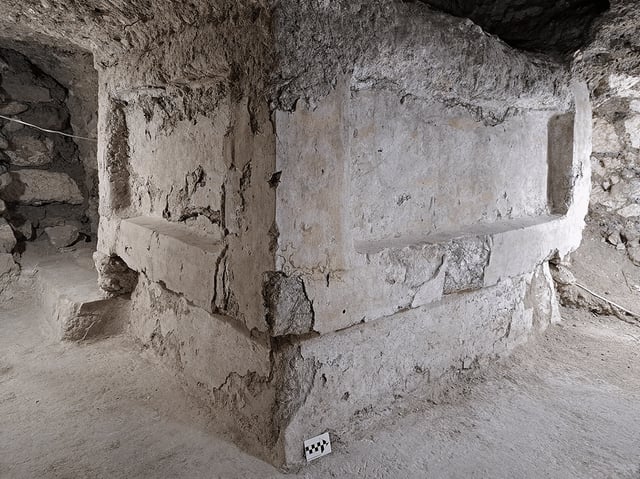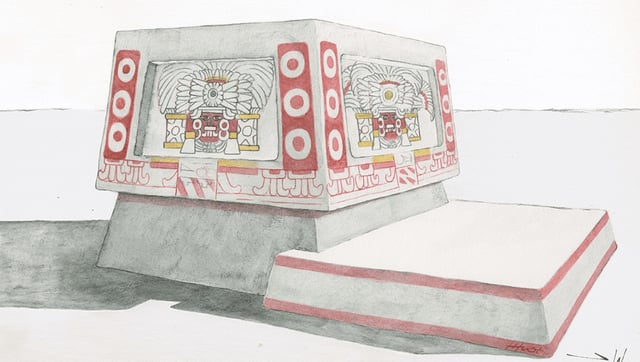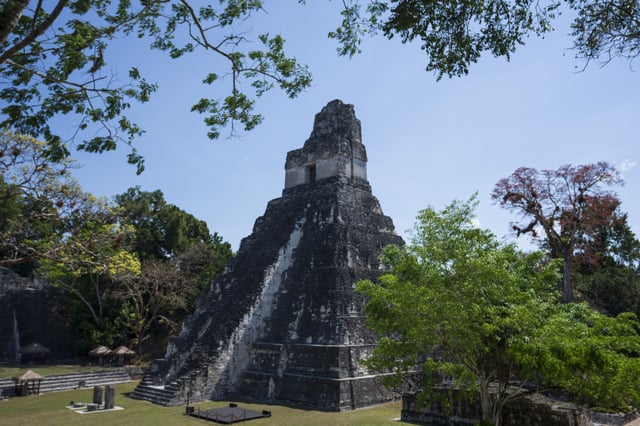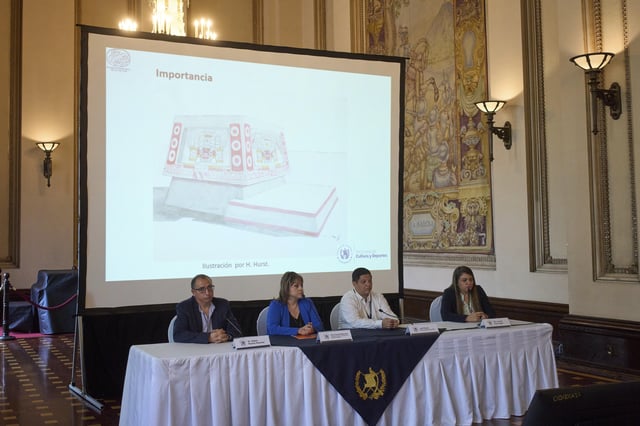Overview
- Archaeologists have discovered a Teotihuacan-style altar in Tikal, Guatemala, dated between 400 and 450 AD, showcasing the extent of cultural exchange between the two civilizations.
- The altar features iconography of the Teotihuacan storm goddess, intricate painted designs, and evidence of human sacrifice, including the remains of three children and an adult.
- Researchers believe the altar was crafted by a Teotihuacan artisan, reflecting the city's direct cultural and political imprint on Tikal during this period.
- The discovery ties to the 378 AD coup orchestrated by Teotihuacan, during which they deposed Tikal's king and installed a puppet ruler, marking a period of upheaval and external dominance.
- Advanced LiDAR technology revealed hidden replicas of Teotihuacan architecture in Tikal, further supporting evidence of occupation and surveillance by the central Mexican power.



